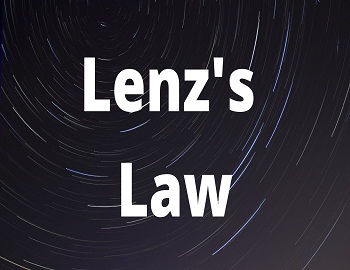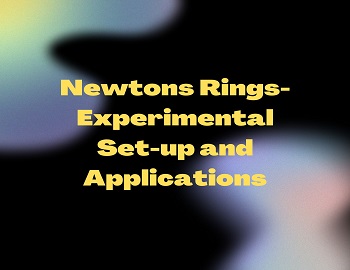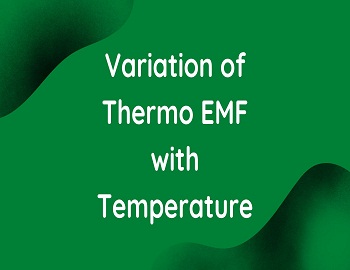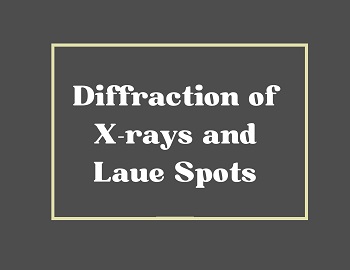Production of Pure Spectrum:
When light coming from a source is dispersed by a prism, it splits up into its constituent colors. Such a dispersed light may be received on a screen or on a photographic plate or may be viewed directly by the eye. This collection of dispersed light giving its wavelength composition is called a spectrum.
in this spectrum, the different colors are not distinctly separated, but mutually overlap; only the edges have distinct violet and red colors. Such a spectrum is called Impure Spectrum. The reason for the impure spectrum is that the beam incident on the prism consists of a large number of rays moving in slightly different directions. Each ray produces its own spectrum as a result, the different colors overlap and the distinct color is not seen in any position except for the edges.

A pure spectrum is one in which light of one wavelength occupies one particular spatial position in the spectrum. In such a case, no two wavelengths overlap in the dispersed beam, and as a result, each color gives its sharp impression. Such a spectrum is called a pure spectrum. In order to produce a pure spectrum, it is required that-
- The light incident on the prism (or any other device causing dispersion) should be a parallel beam.
- The dispersed light should be focused in such a way that all the rays of one particular wavelength are focused in one place.
This can be achieved to a great extent by using a narrow slit source with an achromatic combination of convergent lenses L1 and L2 as shown in the figure. The slit S is placed in the focal plane of the lens combination L1 which provides a parallel beam. The prism disperses the beam. In the emergent beam, rays of one particular wavelength are parallel to each other and are in a different direction than rays of another wavelength. Since L2 brings parallel rays to a focus on the screen thus light of different wavelengths traveling in different directions is brought to focus on the screen at different points. Since different wavelengths do not overlap, a pure spectrum is formed.

It is necessary to keep the slit narrow otherwise different portions of the slit will produce different spectra which will overlap and an impure spectrum will result.
All requirements for obtaining a pure spectrum are fulfilled in a spectrometer.









Comments (No)